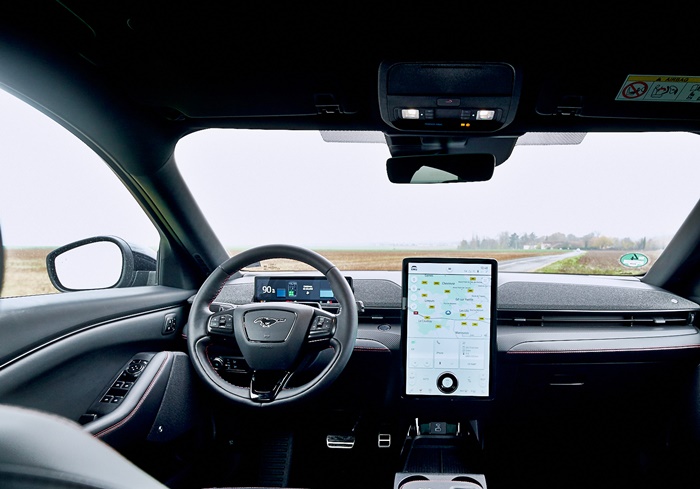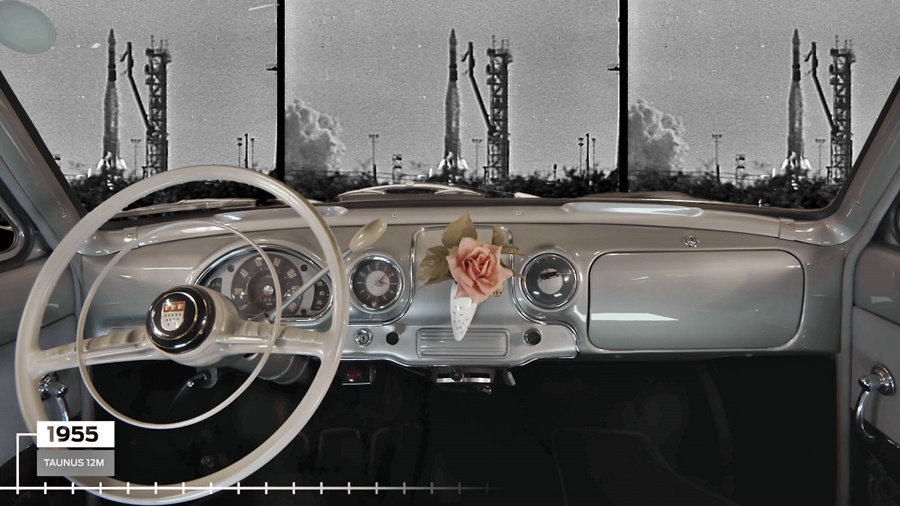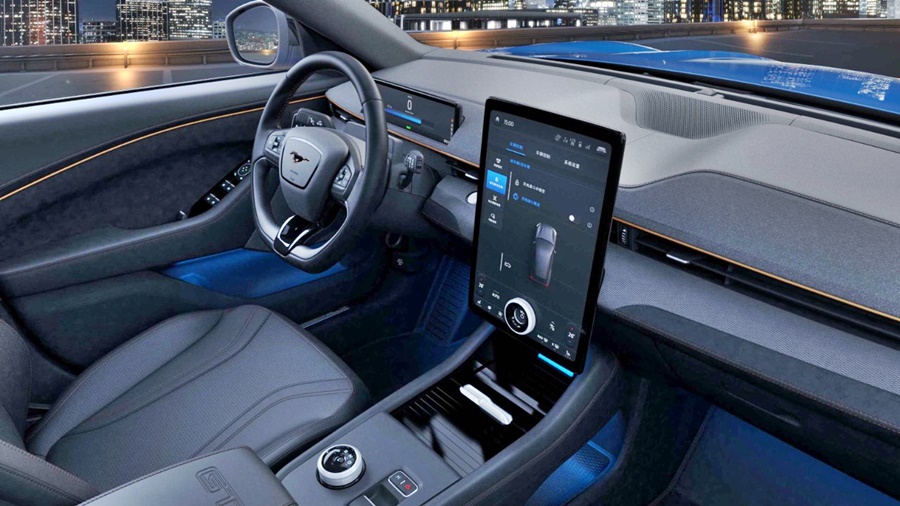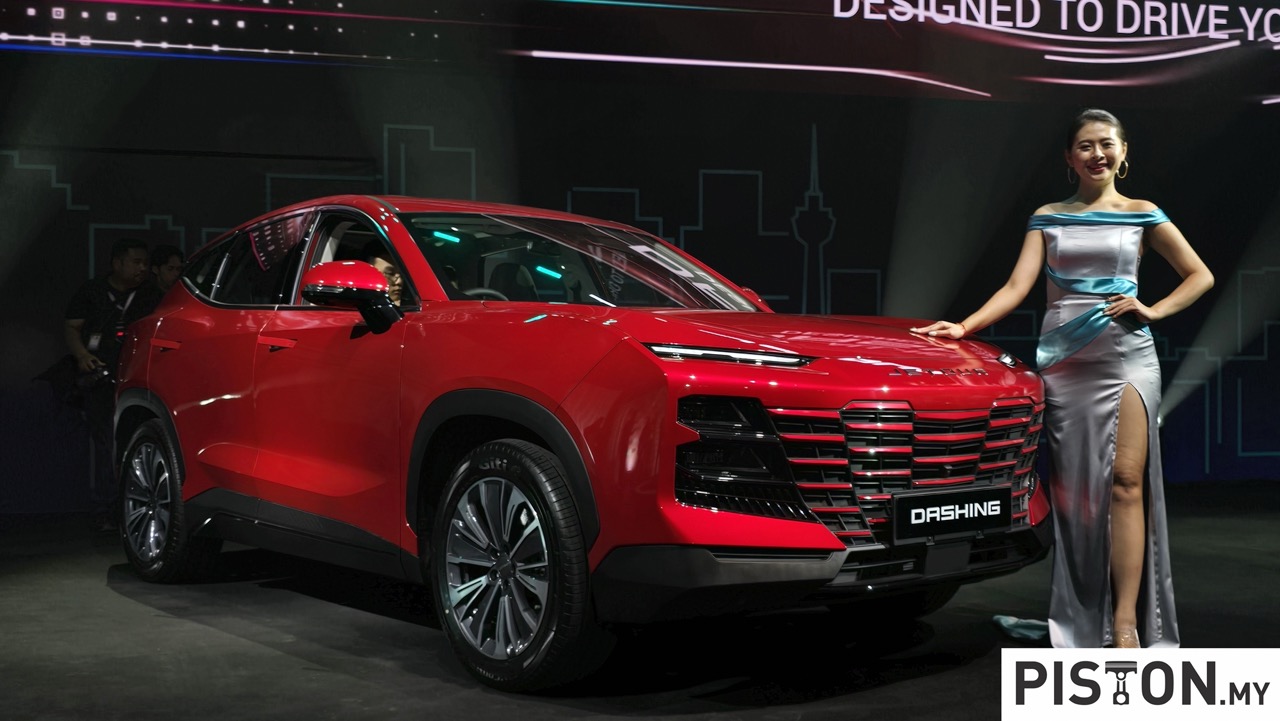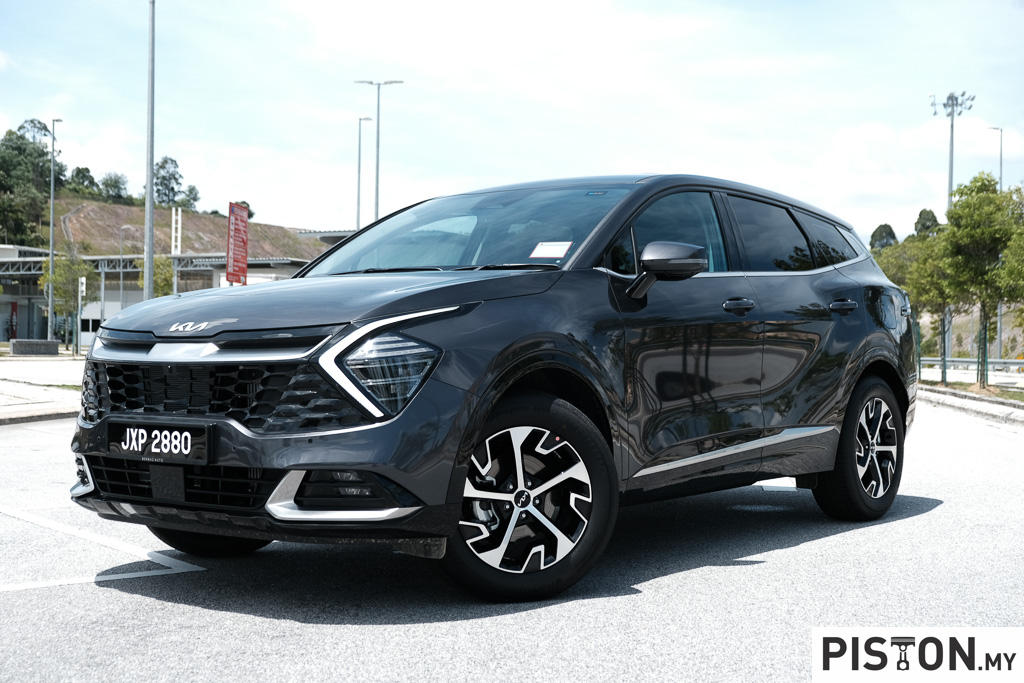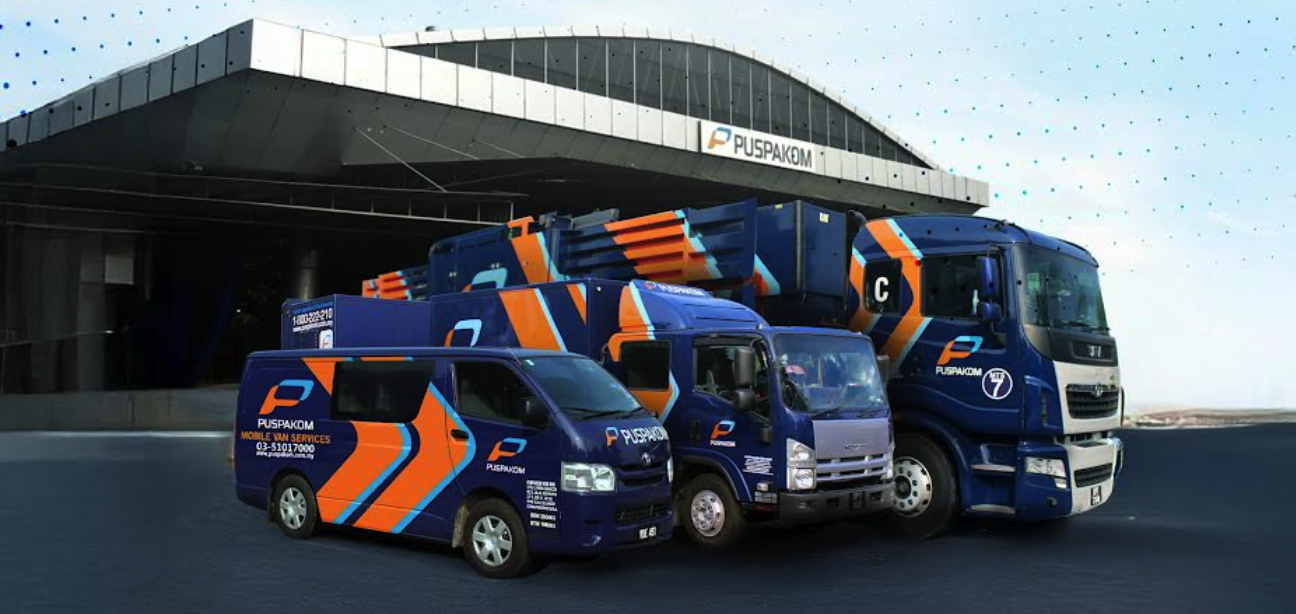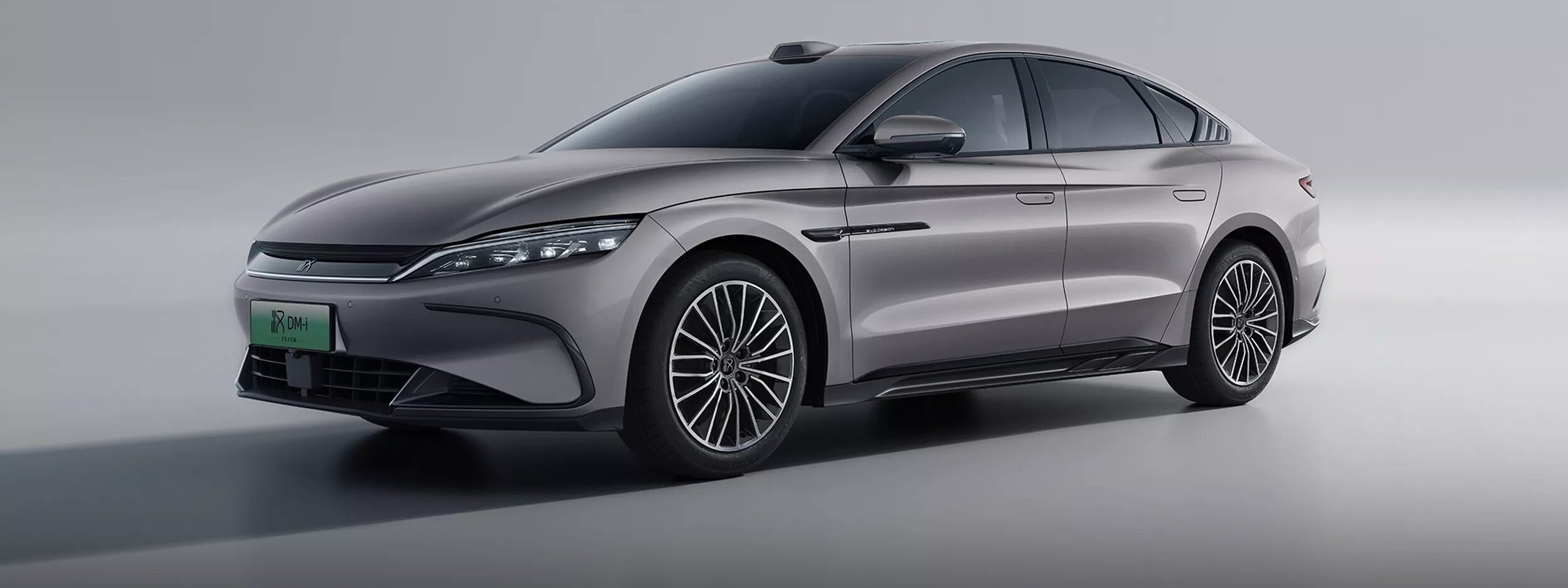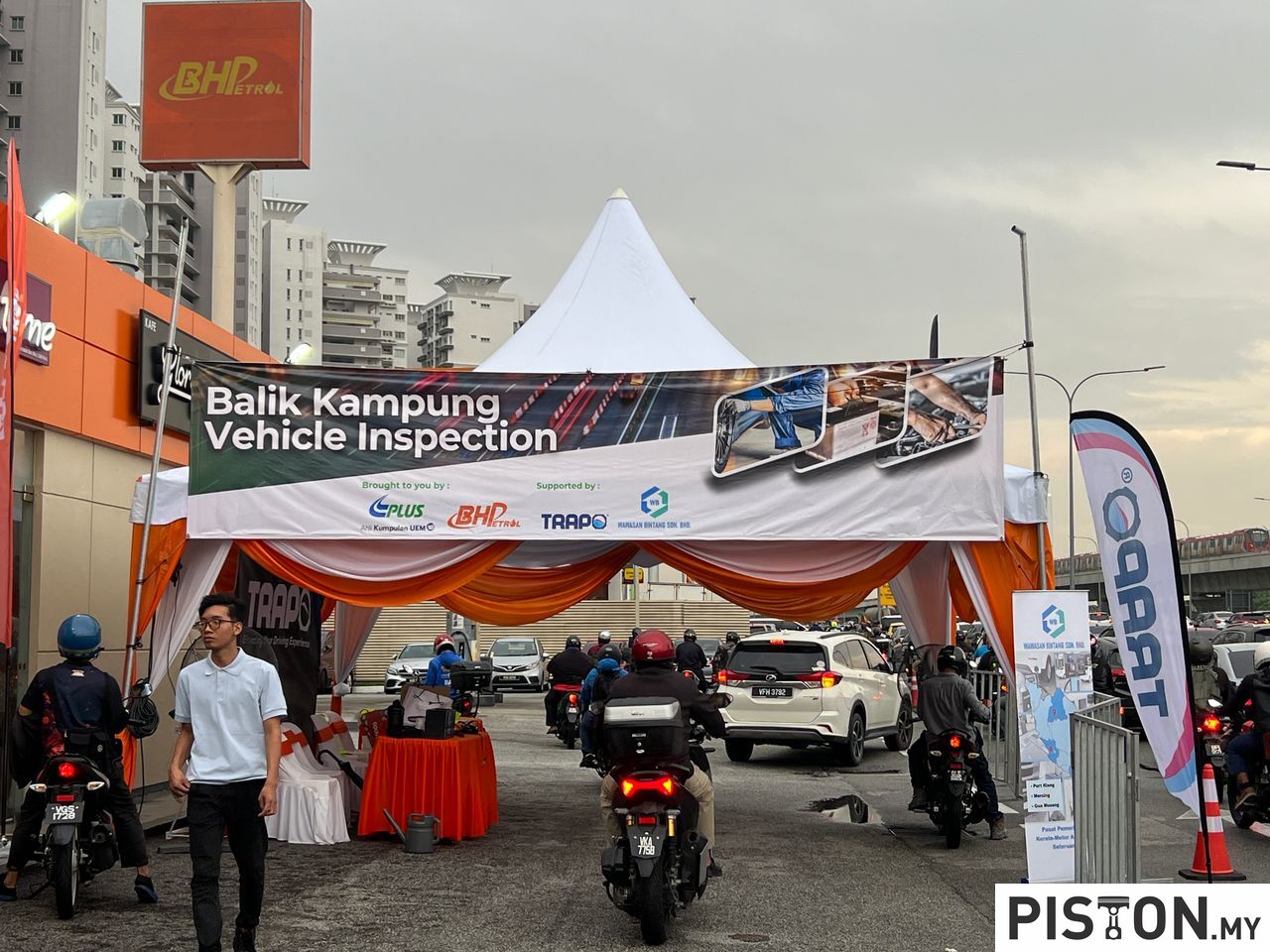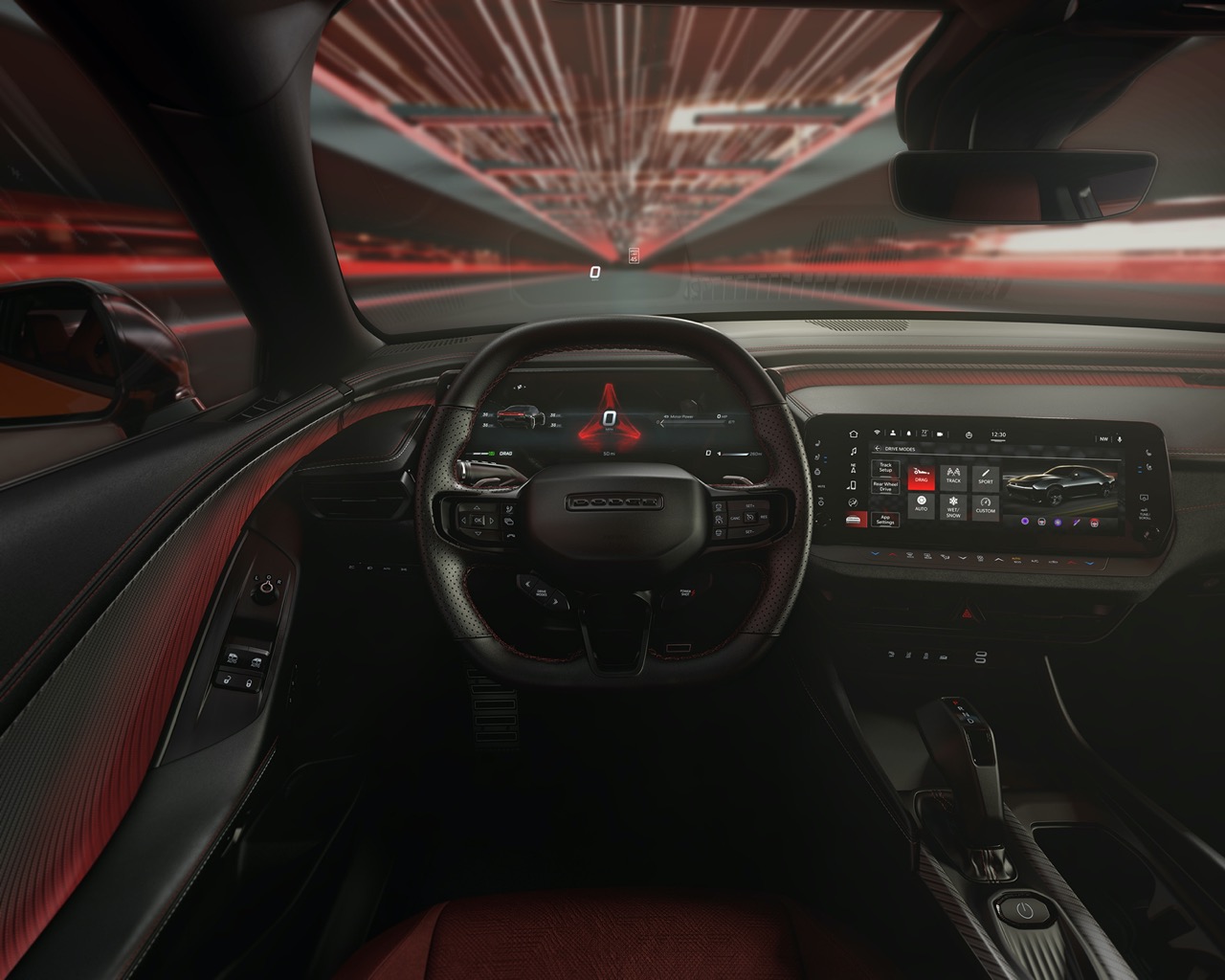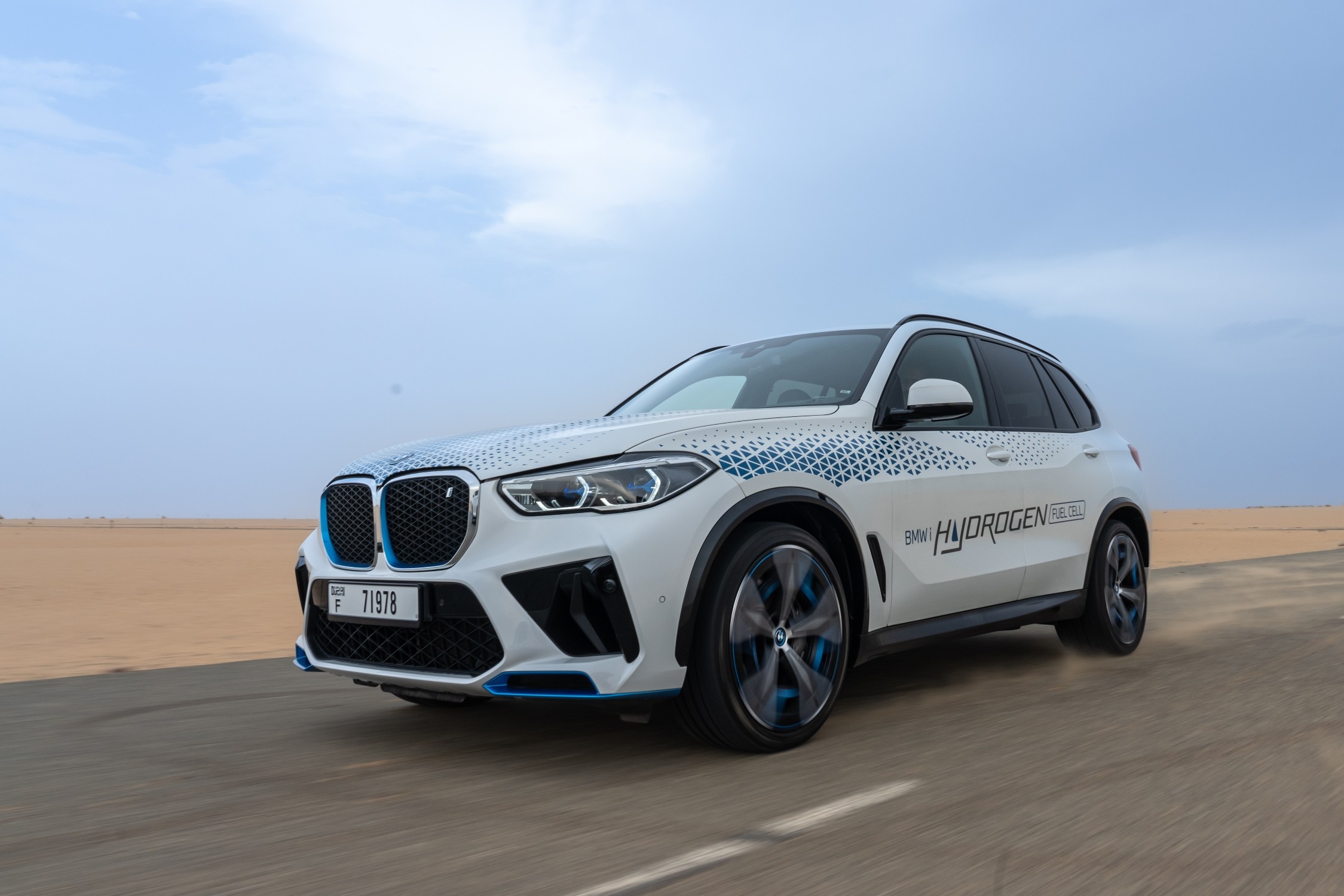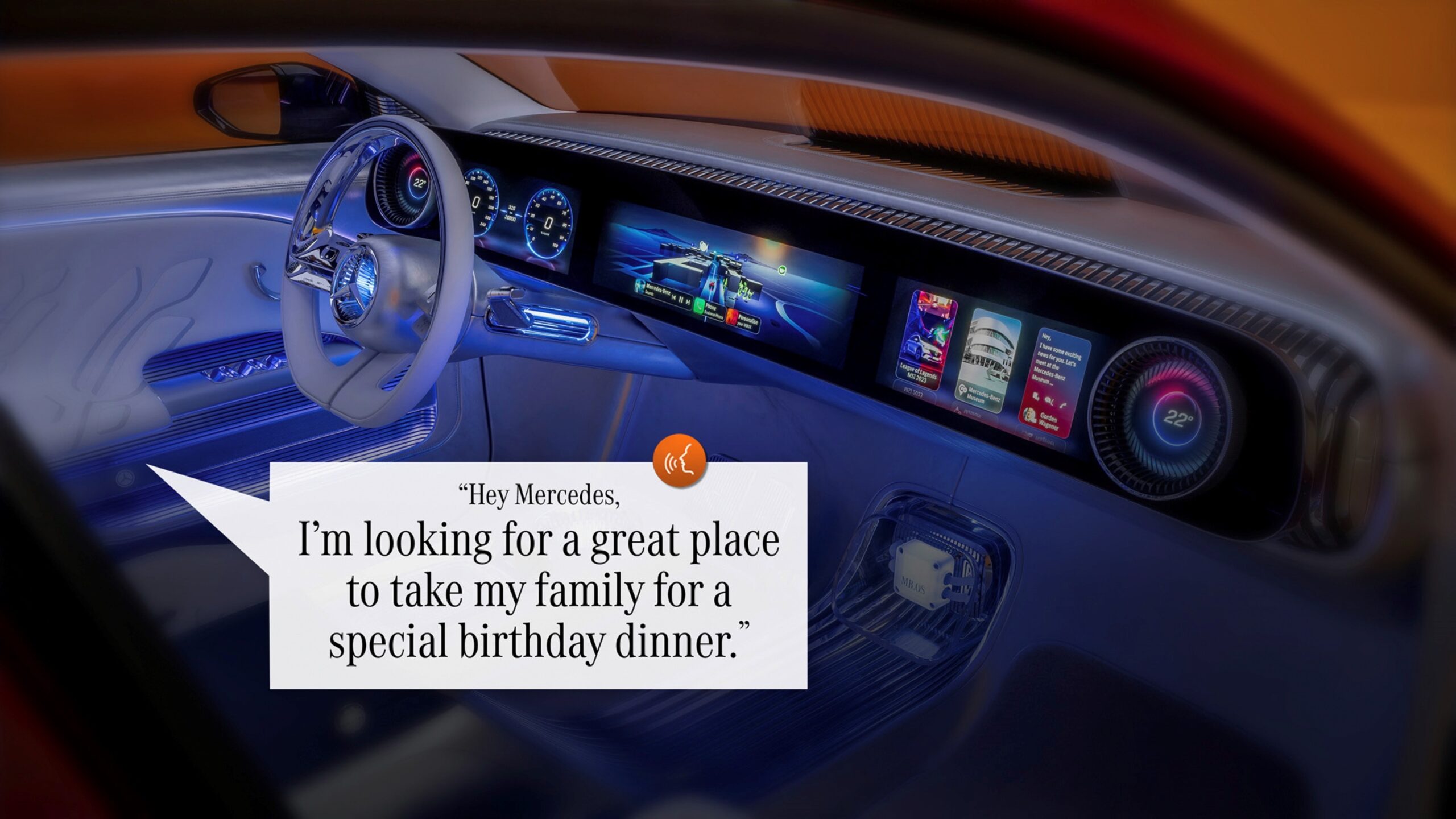
Car interiors have changed a lot from when drivers really did store gloves in the glove compartment, as the metal and wooden steering wheels of early vehicles got ice cold in winter. Believe it or not, house windows were used in cars initially – and only offered as an extra. And while windscreens could be opened in the early years, they became sealed when air-conditioning appeared.
As motoring became a leisure activity, cupholders became popular, especially in America. And automatic cigarette lighters were added at some point to provide convenience to the occupants, instead of having to strike a match.
Then came things like radios for entertainment on the road. Post-war dashboards were influenced by the space race, with more dials, switches and gauges, as technology became increasingly a key part of people’s lives. The advent of video games and the use of hand-held gaming controls influenced steering wheel design, with buttons placed within easy reach of the driver’s thumbs.
The evolution of the interior is ongoing as times change and usage requirements have changed as this video shows.
More but ‘less’
While the trend in recent decades was towards ‘more’ in the car interior to provide more ‘convenience’ – more buttons, more gadgets, more features, more elements – Ford is taking a reductive approach, using human-centric design to declutter the interior and create a holistic space.
Reductive design is intended to provide drivers with a more comfortable and simpler environment. In the case of the Mustang Mach-E, this includes a large, centralised touchscreen that consolidates many of the in-car controls in one place.
“When we think about how cars have changed, we think of what they look like from the outside, but it is from the inside that drivers and passengers see them most of the time,” said Amko Leenarts, Director, Design, Ford of Europe. “It’s been an incredible journey to the dynamic, holistic interior of the Mustang Mach-E, which does more with less while putting all the important controls within easy reach. And we will continue to take this approach with future vehicles, by listening to our customers and designing interiors that best suit their needs.”
Entirely new approach
To step inside the Mustang Mach-E is to encounter an interior unlike any Ford vehicle that came before it. The all-new design is the culmination of refining the things that customers want – spaciousness, technology and a perception of ‘warmth’. It is claimed to be a benchmark on the road towards electrification.
The smooth dashboard with integrated speaker is the latest iteration in an ongoing sear ch to make driving and travelling as enjoyable an experience as possible. For example, wireless charging pads and a digital owner’s manual do away with the need for cables and paper
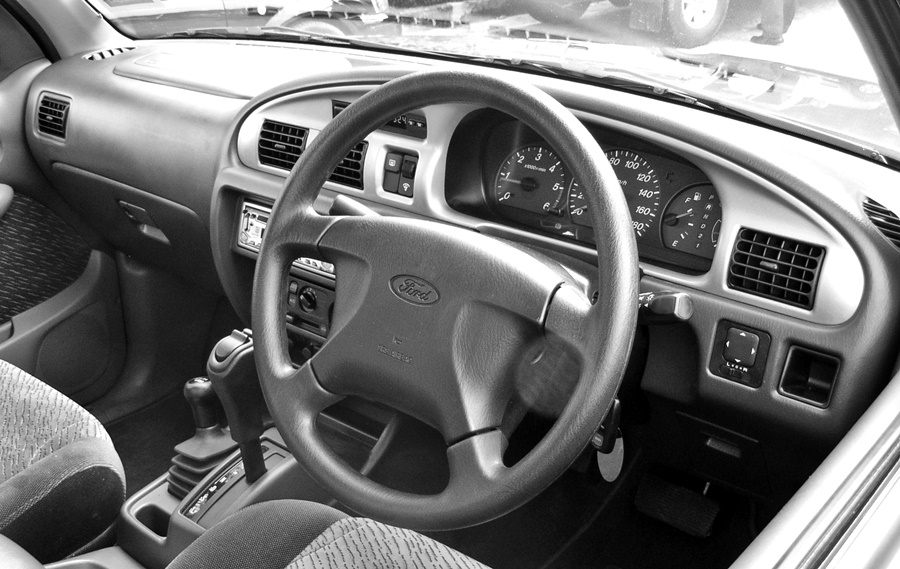
“New electrified vehicles with flat floors from front to back provide more spaciousness and offer designers a blank canvas on which to create interiors that place people at the centre of the design,” Leenarts said.
Understanding future needs
To better understand the younger generation of digital natives and anticipate future trends, Ford embarked last year on a unique project: co-creating a virtual gaming race car in collaboration with gamers. Almost a quarter-of-a-million esports fans took part in online polls to help determine the appearance of our extreme Team Fordzilla P1 race car – inside and out.
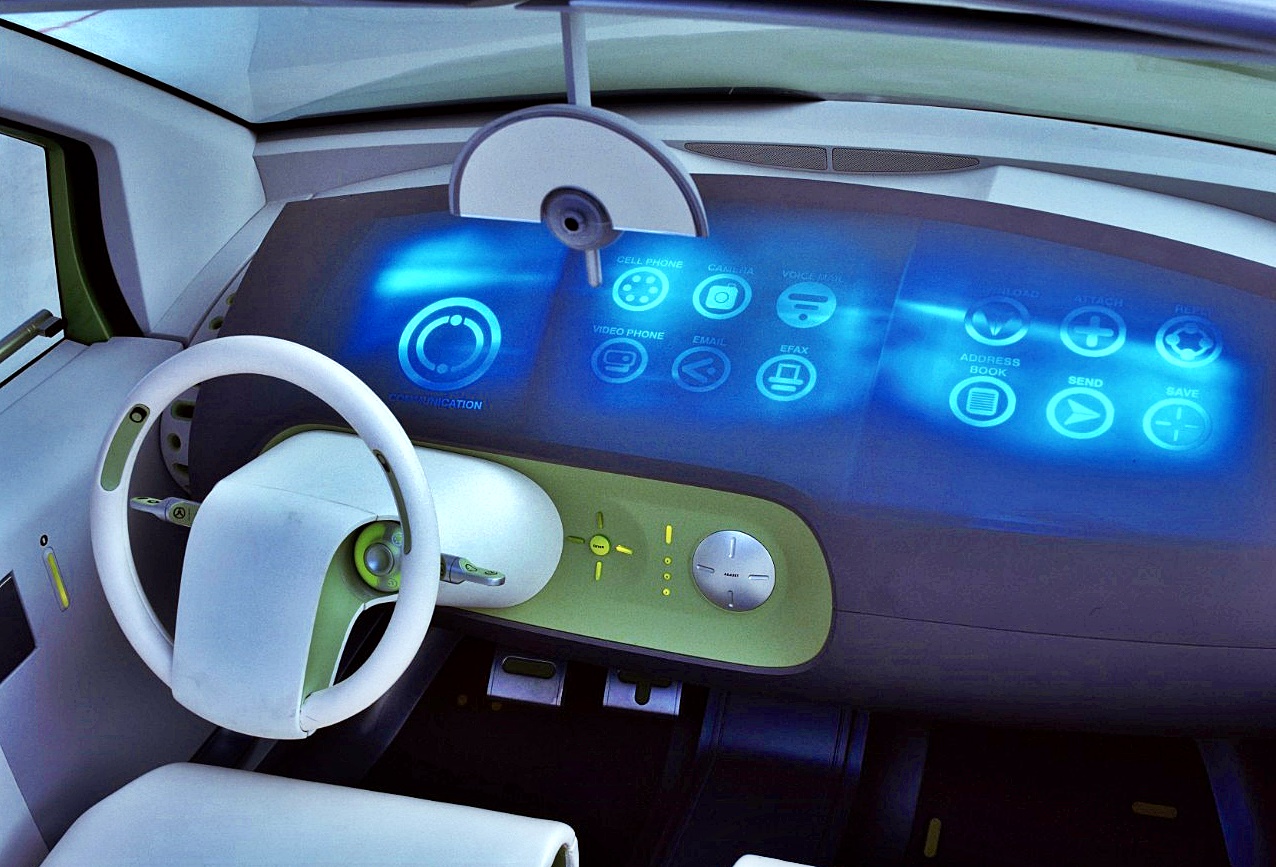
“The P1 race car was all about streamlining the features down to the gaming essentials, such as speed, race position and lap time. Together with the toned down colour palette, this reduces distraction so the driver can focus on the race. We can also apply a minimalist approach to designing the interiors of the future, where what goes in is what customers want the most,” said Robert Engelmann, interior designer, Ford of Europe.
Visit www.sdacford.com.my to find out more about the advanced interior design of the Ford Ranger.




